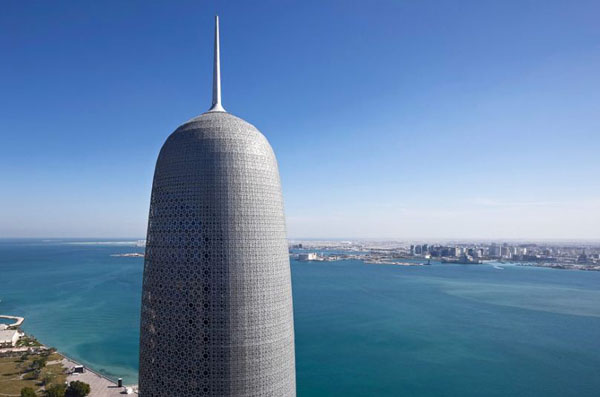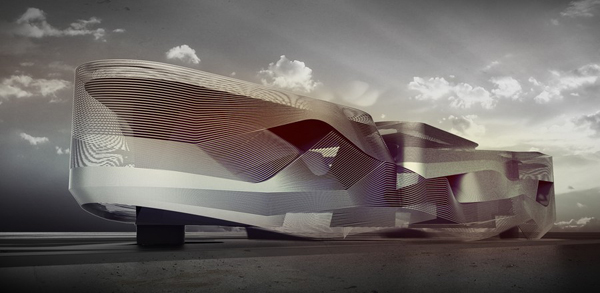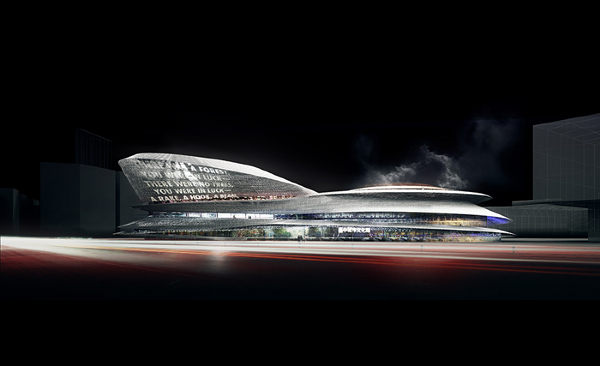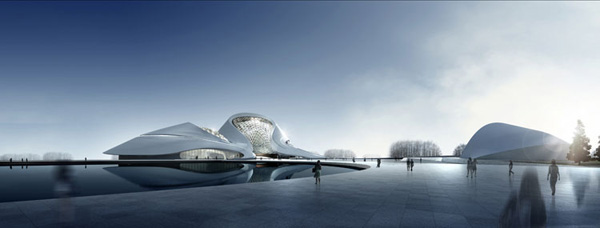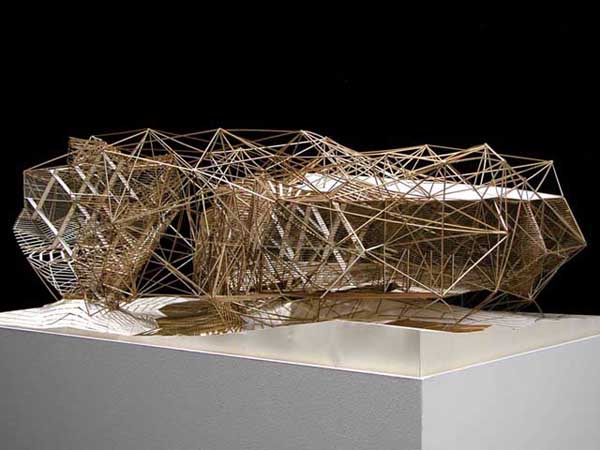Zaha Hadid Architects participated in an international competition in Astana, Kazakhstan, to design the facilities for the international exhibition, scheduled for 2017. The theme of the expo aims to raise awareness of energy resources, energy efficiency and environmental protection as well as to seek innovative engineering and architectural solutions to critical global issues. The symbol of EXPO-2017 will be the monument which will outlive the exhibition and will be immediate landmark of Astana.
Zaha Hadid Architect’s proposal for EXPO-2017 Astana placed energy efficiency, renewable energy technologies and sustainability at the forefront of the design. The result of the process, which consisted of thoughtful analysis of cultural and physical landscape of Kazakhstan, traditional patterns and ornaments, is informal fluid interface of urban pattern, landform and architecture inspired by combination of local culture and renewable technologies.
The proposed urban grid came logically and the urban morphology evolved forming a multiplicity of geometries and orientations that connect to adjacent areas. Building mass is fluid and the contour addresses the neighboring urban conditions, height regulations and importance of adjoining streets. Read the rest of this entry »


